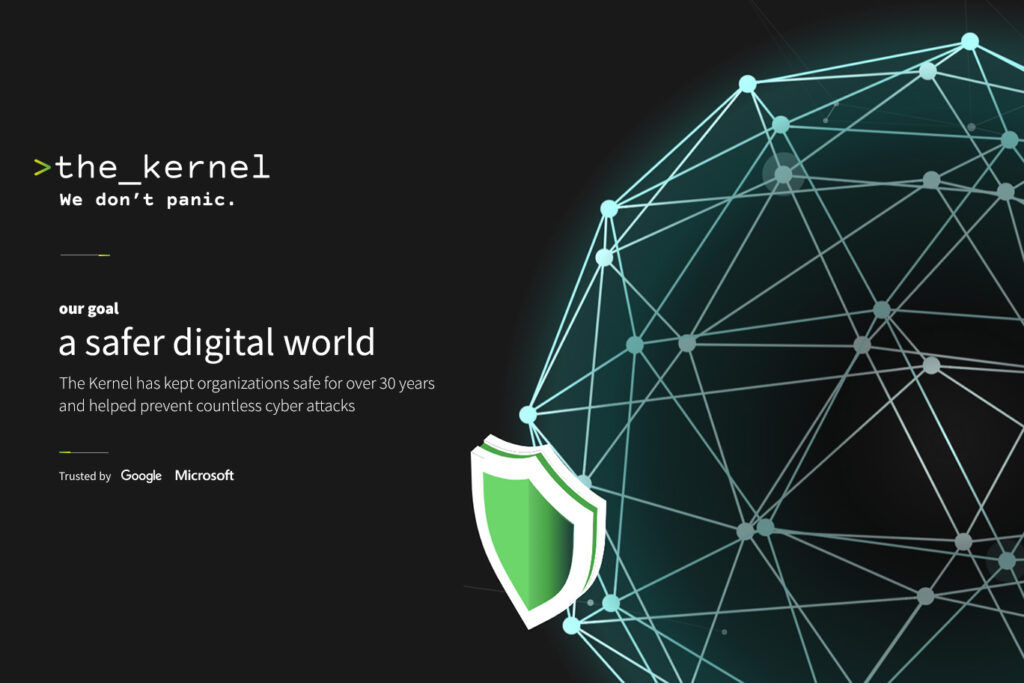The traditional password-based authentication system is showing its limitations. Data breaches, phishing attacks, and the sheer volume of passwords individuals and organizations must manage have made it clear that a more secure and user-friendly solution is needed. This guide explores the future of authentication, delving into emerging technologies and methods that aim to go beyond passwords and enhance security with the help of reliable cyber security services and solutions.
Biometric authentication:
Biometric authentication is one of the most promising alternatives to passwords. It leverages unique physical and behavioral traits, such as fingerprints, facial recognition, iris scans, and voice recognition, to verify identity. Biometrics offers a high level of security and user convenience. They are difficult to forge, and users don’t need to remember complex passwords, making the authentication process more natural.
Behavioral authentication:
Behavioral authentication analyzes the unique behavioral patterns of users. It considers factors like typing speed, mouse movements, and even the way individuals hold their devices. This continuous authentication method can detect anomalies in behavior and prompt further verification when necessary.
Token-based authentication:
Token-based authentication relies on physical or virtual tokens to verify identity. Physical tokens can be carried, while virtual tokens are often generated via mobile apps. These tokens are time-sensitive and provide an extra layer of security.
Zero Trust security model:
The Zero Trust security model challenges the traditional approach of trusting entities inside a network. Instead, it assumes that all users and devices are untrusted and verifies identity and security compliance continuously. This approach is more dynamic and suited to today’s increasingly mobile and cloud-based environments.
Blockchain-based authentication:
Blockchain technology offers the potential for highly secure and decentralized authentication. By creating a tamper-proof ledger of identity data, users can control their identity information, granting access to only trusted parties when needed. This approach reduces the risk of centralized data breaches.
The future of authentication is rapidly evolving, moving beyond traditional passwords to enhance security and user convenience. Biometric authentication, MFA, behavioral authentication, token-based methods, the Zero Trust model, blockchain-based solutions, and passwordless authentication are among the emerging technologies that are revolutionizing the way we verify identity in the digital world.
